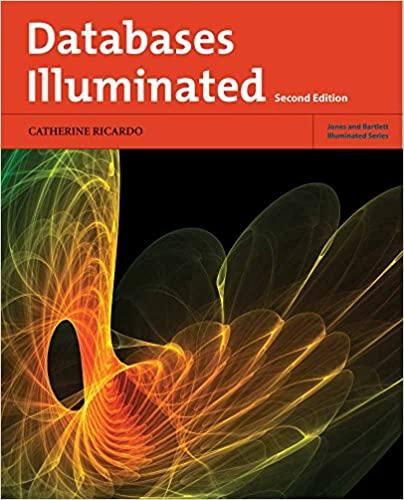Answered step by step
Verified Expert Solution
Question
1 Approved Answer
# Block 1 # Given truth values for p and q , the function returns the truth value for p - > q # p
# Block
# Given truth values for p and q the function returns the truth value for p q
# p is the hypothesis and q is the conclusion
def impliesp q:
if p and q:
return True
if p and not q: # The conditional operation is false if and only if the hypothesis is true and the conclusion is false
return False
if not p and q:
return True
if not p and not q:
return True
# Block
# Block prints the rows of a truth table for p q which has two variables, p and q
printp q p q # This is a header line that labels the columns
# The loop runs through every possible truth assignment for p and q
for p in True False:
for q in True False:
printp q impliesp q
print # Put a blank line between tables.
# Block
# Block prints the truth table for notp q
printp q notp q # This is a header line that labels the columns
# The loop runs through every possible truth assignment for p and q
for p in True False:
for q in True False:
printp q impliesnotpq
print # Put a blank line between tables.
# Block
# Put your code here to print the truth table for p notq
printp q p notq # This is a header line that labels the columns
print # Put a blank line between tables.
# Block
# Put your code here to print the truth table for notp q
# Hint: think carefully about the order that the operations are applied in notp q
# Make sure your Python expression applies the operations in the same order.
printp q notp q # This is a header line that labels the columns
#
print # Put a blank line between tables.
# Block
# Put your code here to print the truth table for p notr or notq
printp q r p notr or notq # This is a header line that labels the columns
Step by Step Solution
There are 3 Steps involved in it
Step: 1

Get Instant Access to Expert-Tailored Solutions
See step-by-step solutions with expert insights and AI powered tools for academic success
Step: 2

Step: 3

Ace Your Homework with AI
Get the answers you need in no time with our AI-driven, step-by-step assistance
Get Started


